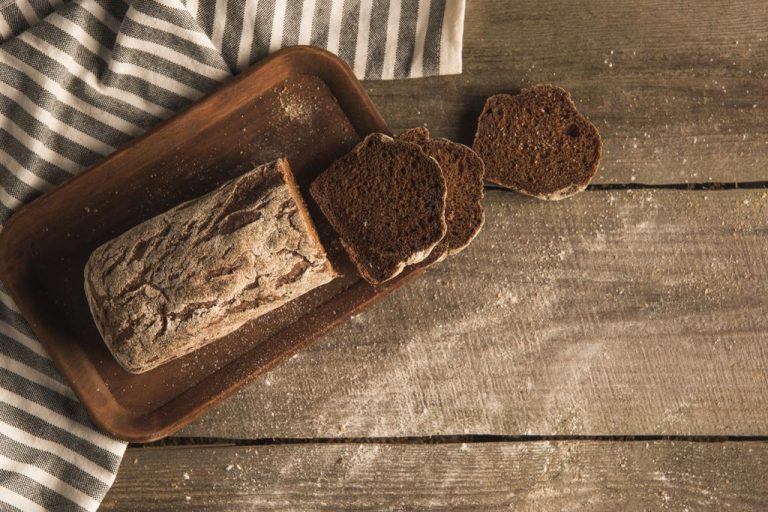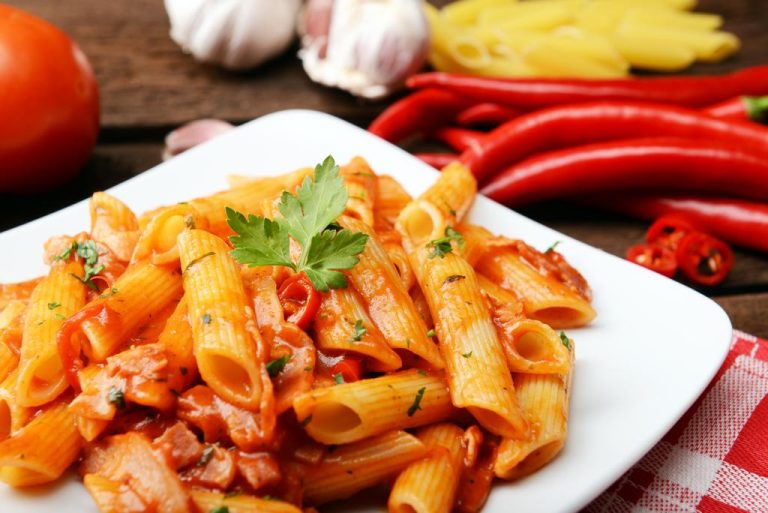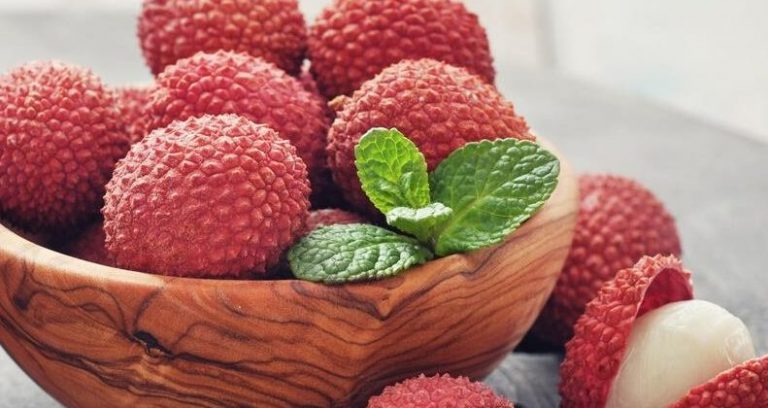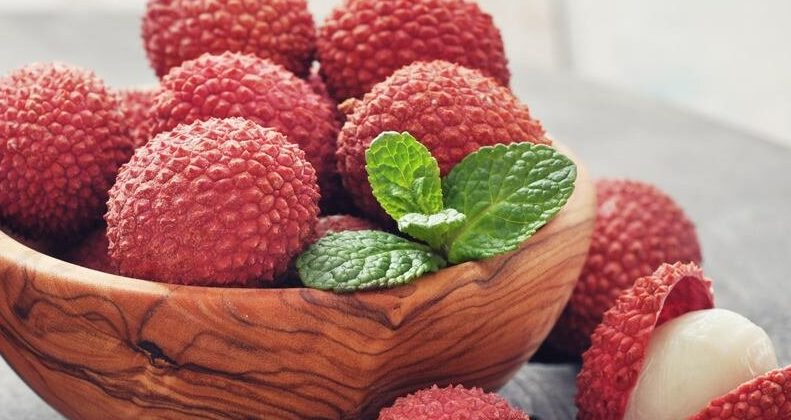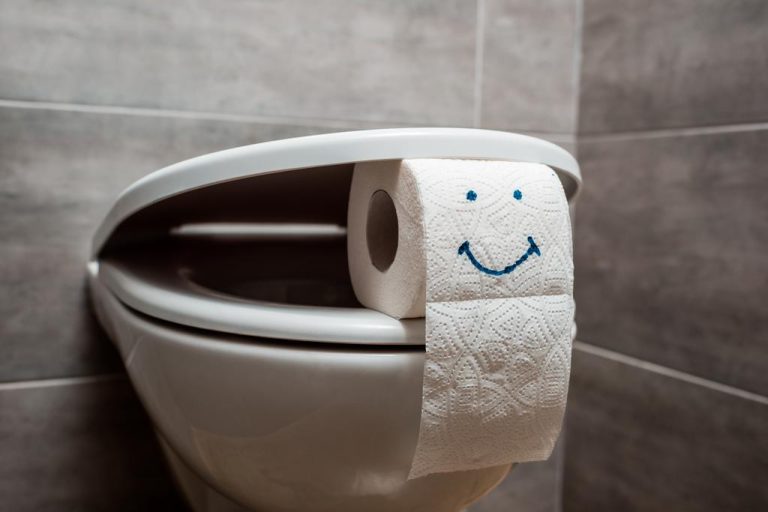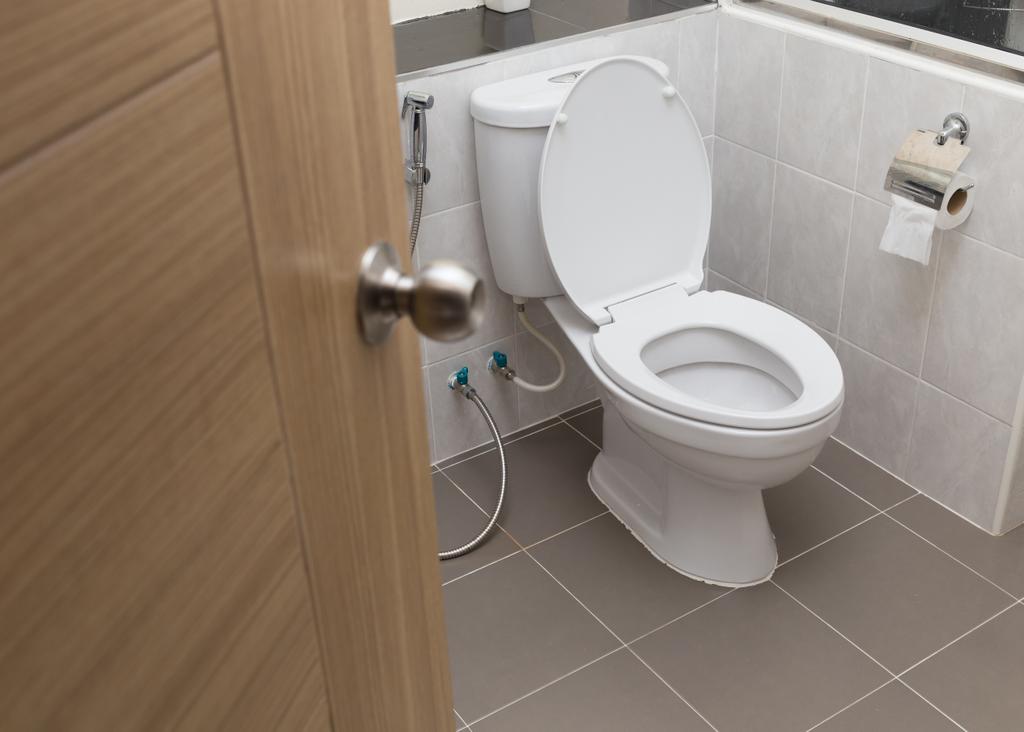Whole grain products are often touted as a healthier alternative to white flour products. But does that apply to everyone? We have summarized the most important facts for you below.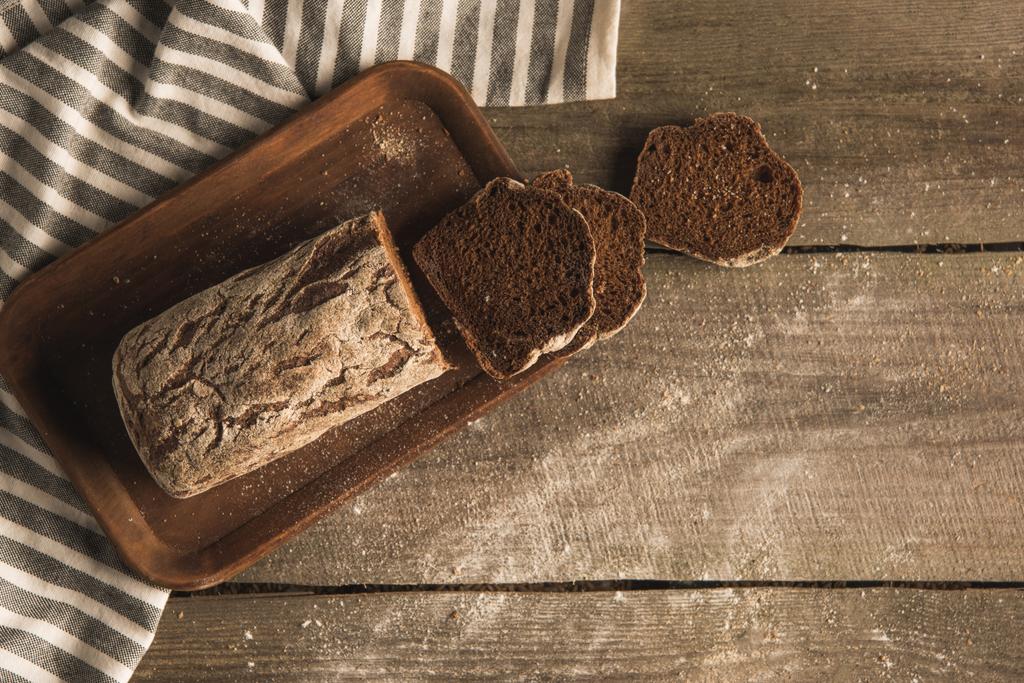
How healthy are whole grains really?
Whole grain describes grains, such as wheat or oats, that are harvested as whole grains and therefore still contain all the healthy minerals, vitamins and fiber.
Whether wholemeal bread, wholemeal flour or wholemeal noodles – the product range is getting bigger and more popular. Whole wheat flour is ground grain with only the tough outer layer removed. This leaves the grain hull and the germ, which together form the so-called “bran”. This is the healthy main carrier of the whole grain product. Whether vitamin B, iron, zinc or magnesium – whole grain contains all of these ingredients.
White flour is the opposite of whole grain flour. During the processing of the grain, the bran with all its healthy active ingredients is removed. What remains is a product that consists almost entirely of starch and therefore sugar.
White flour: Starch and sugar are what remains
Incidentally, the term “whole grain” is protected by law, because as soon as this information can be seen on the packaging, the grain used must have been ground to 90 percent from the bran and endosperm.
Whole grain products contain a lot of fiber, which has decisive advantages for the body:
Thumbs up: benefits of whole grains
They fill you up quickly.
They bind water and continue to swell in the stomach.
They dampen the blood sugar level by squeezing in between the sugar and the intestinal wall, thus helping the small intestine to do its job.
Dietary fibers also have a large volume and thus get the intestines moving.
However, some people should exercise caution when consuming whole grain products: In the case of intestinal diseases or irritable bowel syndrome, for example, there is a risk that whole grain products will not be well tolerated. But as a rule, these products are gratefully accepted by our body. But it should be noted that you should not change your eating habits from pure white flour to pure wholemeal flour consumption within a day. If you try this, you may experience abdominal pain, bloating, or constipation.
In the first few days of switching to whole grain products, for example, whole grain oatmeal or rolls can be helpful to slowly get used to the body. Flour, pasta and rice can first be mixed with a small amount of the corresponding whole grain product and then an increasing amount of whole grain can be used.
Tip: When consuming whole grain products, you should always drink enough, because the water-binding fiber makes whole grain products thirsty.

